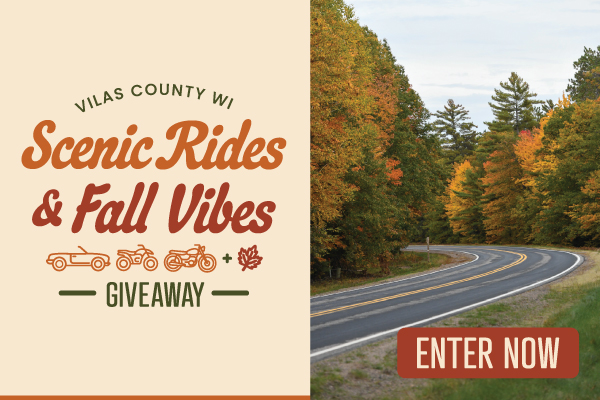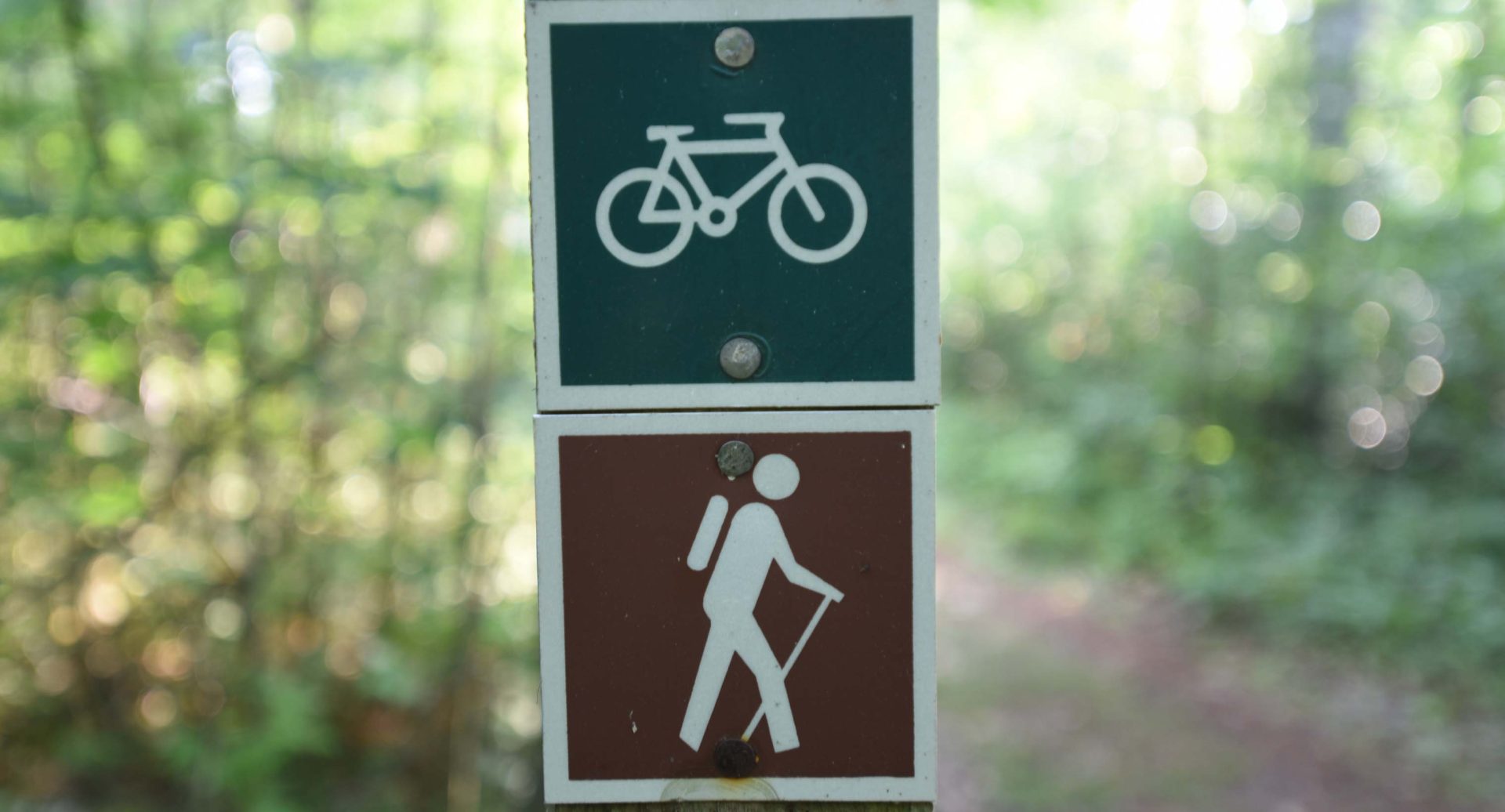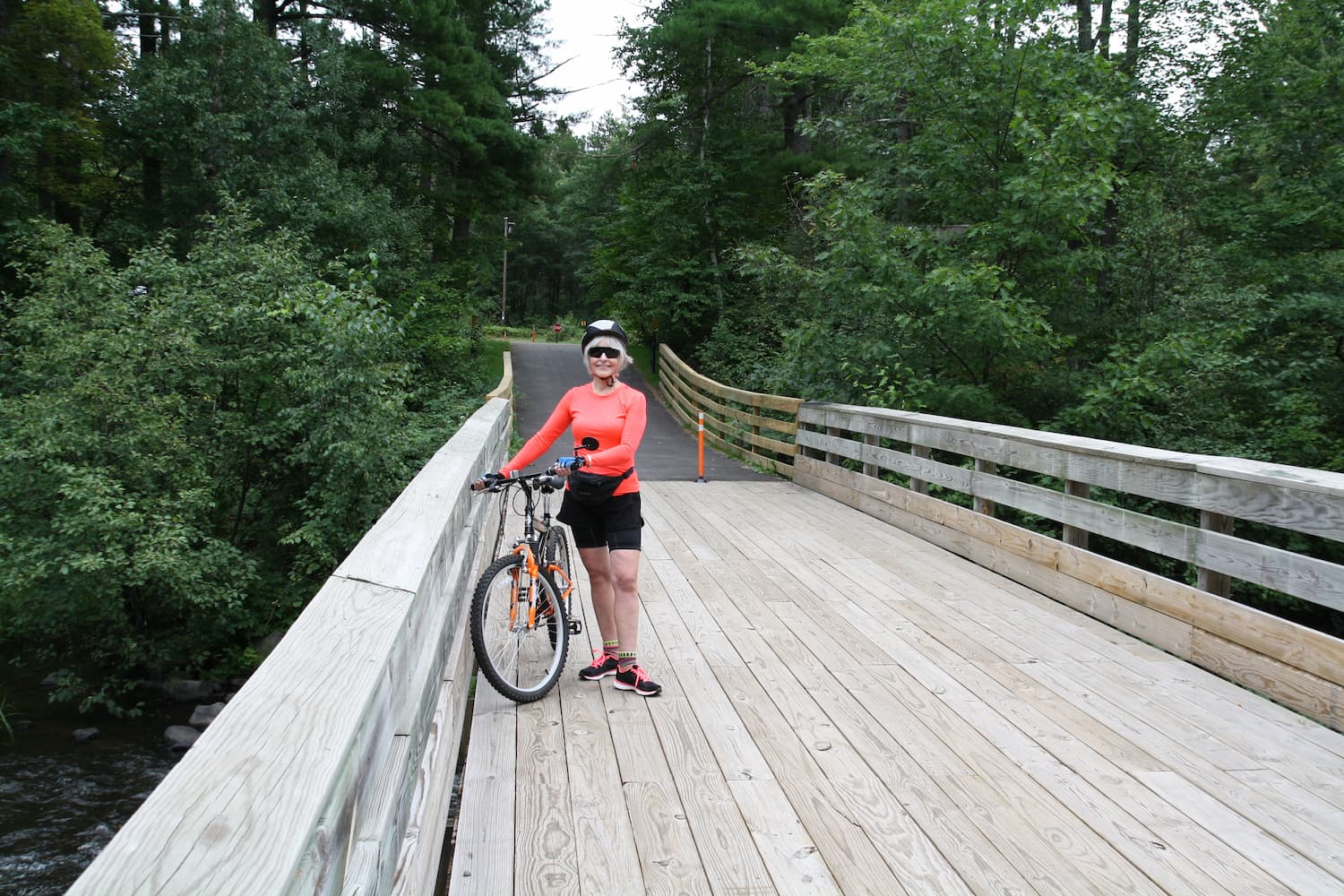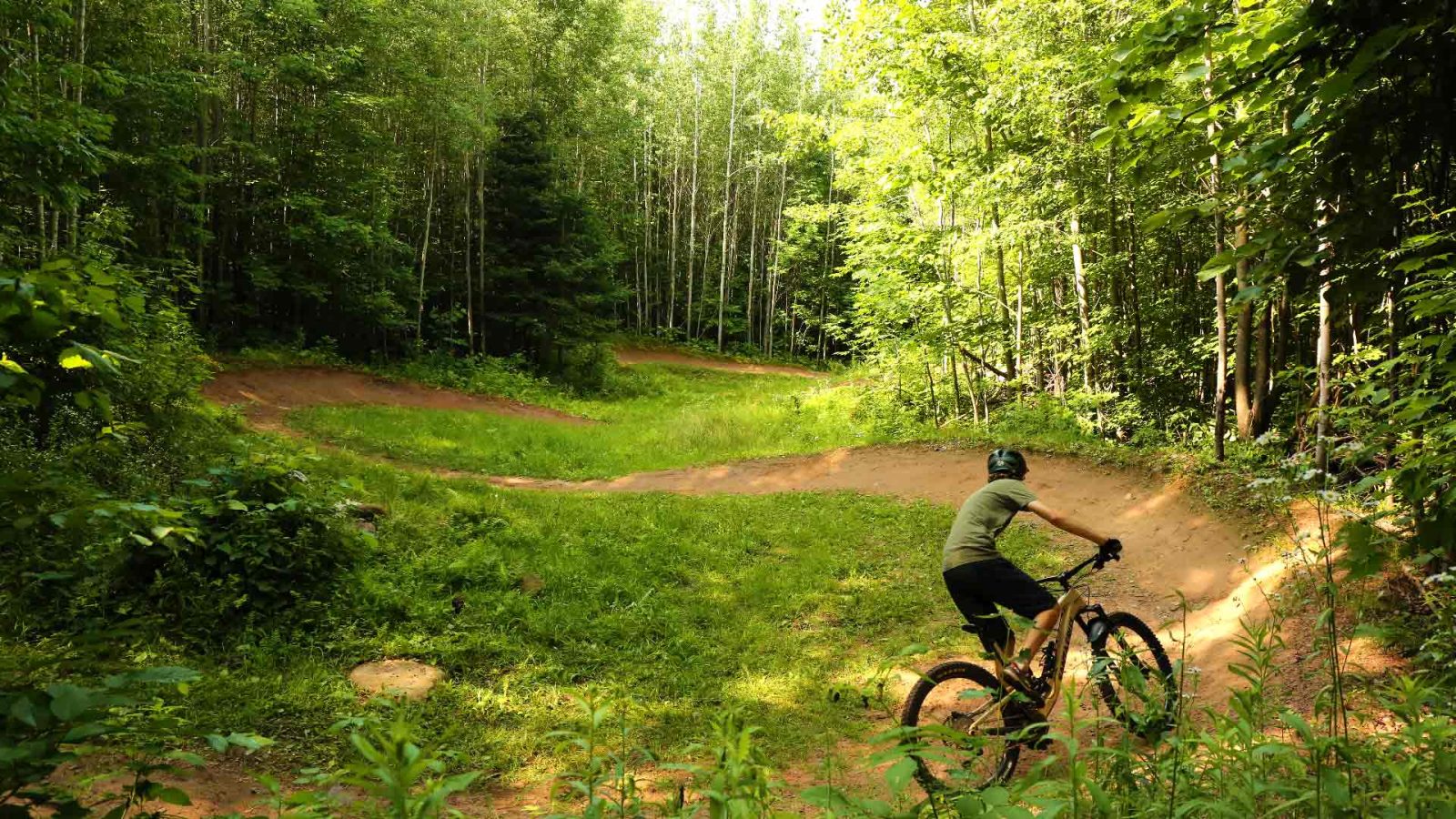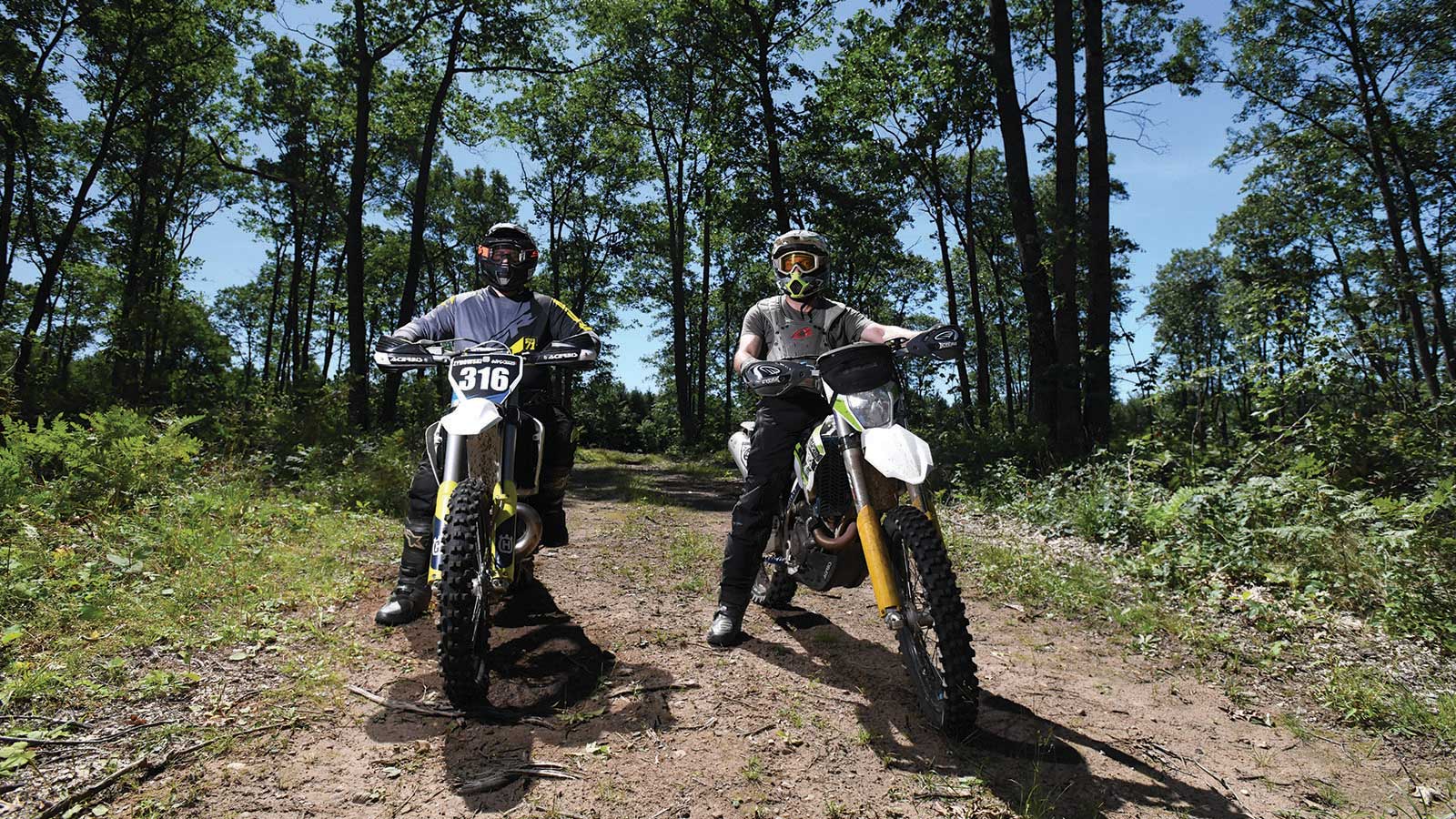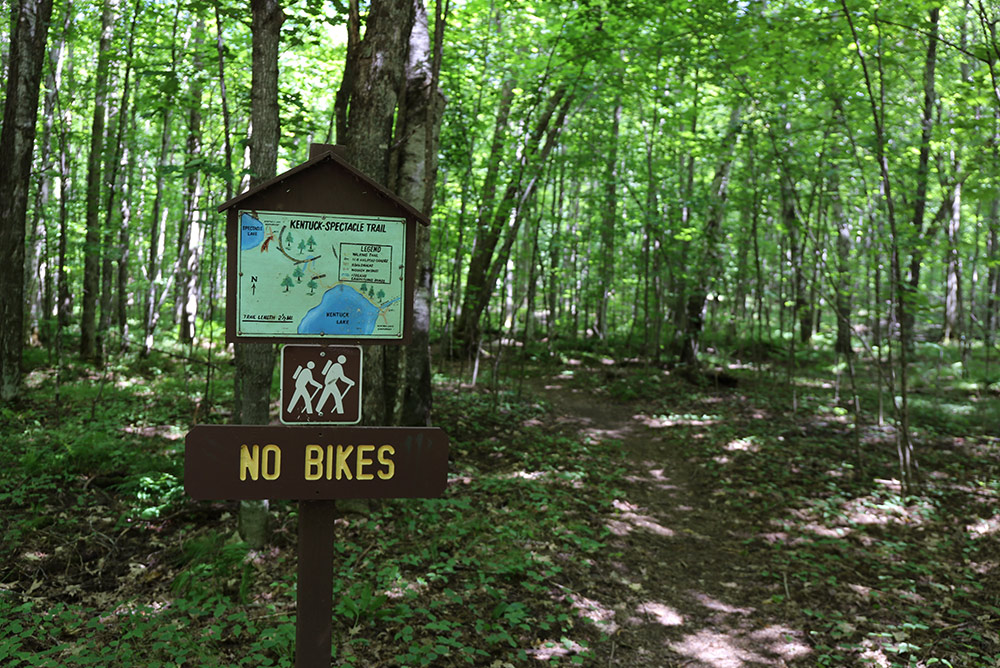Vilas County is home to one of the Northwoods of Wisconsin’s true gems. The Northern Highland-American Legion State Forest spans more than 200,000 acres across three northern Wisconsin counties (including Vilas County) and has long been a popular destination for visitors looking to connect with nature in any season. Here’s what you need to know about this wonderful wilderness.
What is the Northern Highland-American Legion State Forest (NHAL)?
The Northern Highland-American Legion State Forest is a 232,000-acre wild area in northern Wisconsin that was established in 1925 to protect the headwaters of the Wisconsin, Flambeau and Manitowish Rivers. The NHAL is home to the highest concentration of lakes in Wisconsin and nearly 90 miles of multi-use, all-season trails.
Where is it located? How do I get there?
As the forest is spread across three counties, there are many access points. (In fact, you might be exploring the forest and not even know it.) There are two visitor stations—the Clear Lake Visitor Station south of Woodruff in Oneida County and the Crystal Lake Visitor Station in Vilas County, located on Highway N between Boulder Junction and Sayner. (The Crystal Lake campground is also home to the forest’s nature center, which is open Memorial Day weekend through Labor Day weekend and offers free educational exhibits, nature programs and information sessions.)
See visitor information here.
What can I do in the NHAL?
The NHAL is a popular destination for outdoors enthusiasts, offering opportunities for snowshoeing, cross-country skiing and snowmobiling. The forest has 70 miles of cross-country ski trails and more than 400 miles of snowmobile trails.
In the summer, the forest is open to bikers (including road/hybrid biking and mountain biking), hiking, boating, canoeing and kayaking (there are more than 900 lakes throughout the NHAL), equestrian activities, and more.
Find more information about recreation opportunities here.
What are some of the popular areas to visit?
A top spot for winter sports enthusiasts is the Lumberjack Trail, which winds along the Manitowish River, Fishtrap Flowage and the shores of White Sand Lake. The gently rolling surface is easy to navigate on snowshoes and offers great wintertime views.
Trout Lake is a massive 3,800-acre lake near Boulder Junction that is a popular musky fishing spot. It also has panfish, smallmouth bass, pike, walleye and (you guessed it) trout. It’s easily accessible from three boat landings, and there are several campsites on the lake as well. Don’t miss the chance to explore the towering pines at Cathedral Point Park, which sits on a peninsula separating the northern and southern sections of the lake. At the end of the day, catch a sunset on Ben Bendrick Drive, which skirts the east side of the lake.
The forest is also home to five shorter nature trails that still provide a beautiful Northwoods backdrop for a winter outing—North Trout, Fallison, Raven, Star Lake, and Tom Roberts. See descriptions for all forest trails here.
Is there an admission fee to the NHAL?
Trail passes are required on groomed cross-country ski trails and mountain bike trails; they can be purchased at self-registration stations at trailheads.
A Wisconsin State Park System vehicle admission sticker is required for all the forest’s family campgrounds and beaches and picnic areas with posted fees.
Overnight camping fees vary by campground. See more camping information here.
